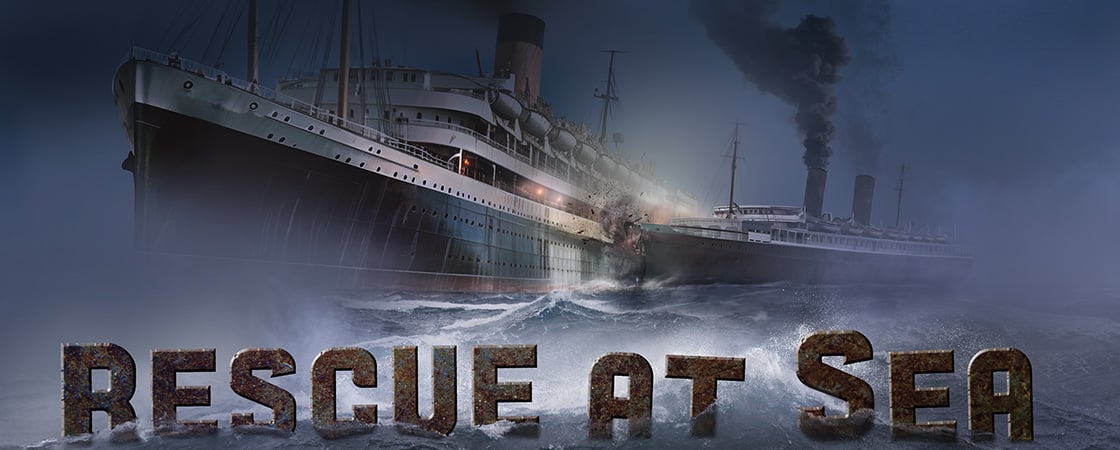10-year-old Hallie Davis
The first sign of trouble was a thin mist. The clouds hung over the Atlantic Ocean like a ghost. It was a cold January morning in 1909. A ship named the Republic was sailing near Massachusetts.
More than 400 passengers were on board. One of them was 10-year-old Hallie Davis. Hallie and her family were going to Europe on vacation.
Outside, the thin mist was becoming a thick fog. The crew kept trying to steer the Republic, but it was like sailing through soup. Suddenly, another ship, the Florida, came out of nowhere. It was heading straight toward the Republic.
SCREECH!
The boats collided. The Florida slammed into the Republic. The Republic’s railings twisted like noodles. Freezing seawater gushed onto the ship.
The two ships were far from shore and hidden by fog. Were they about to sink to the bottom of the ocean?
There was a thin mist on the water. It was the first sign of trouble. Clouds hung over the Atlantic Ocean like a ghost. It was a cold January morning in 1909. A ship named the Republic was sailing near Massachusetts.
More than 400 passengers were on board. One was Hallie Davis. She was 10 years old. Hallie and her family were going to Europe.
Outside, the thin mist was becoming a thick fog. The crew tried to steer the Republic, but it was like sailing through soup. Suddenly, another ship, the Florida, came out of nowhere. It was heading straight toward the Republic.
SCREECH!
The boats collided. The Florida slammed into the Republic. The Republic’s railings twisted like noodles. Ice-cold seawater poured onto the ship.
The ships were far from shore. They were hidden by fog. Were they about to sink to the bottom of the ocean?
A ship named the Republic was sailing through fog near Massachusetts. It was January 1909. More than 400 passengers were on board. Hallie Davis was one of them. She was 10 years old.
Suddenly, another ship came out of nowhere. It was called the Florida.
SCREECH!
The boats collided. The Florida hit the Republic. Were the ships about to sink?

